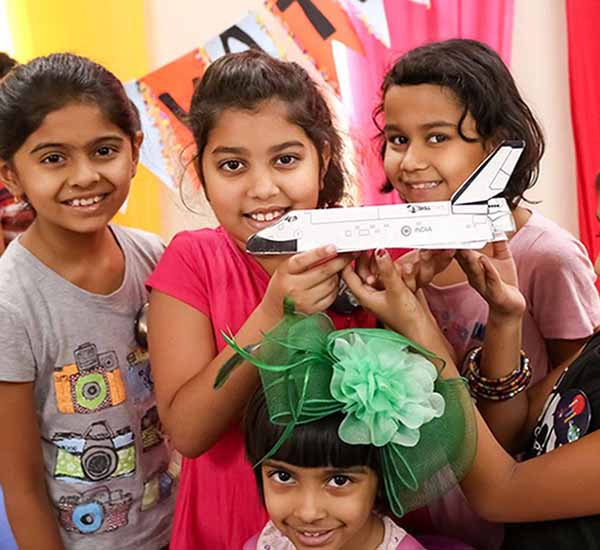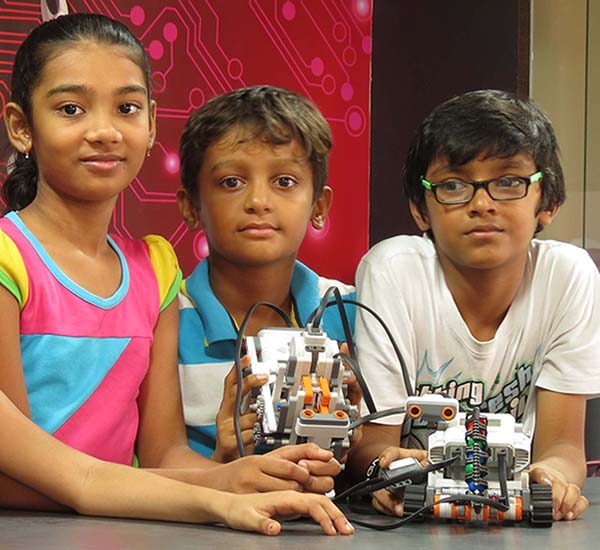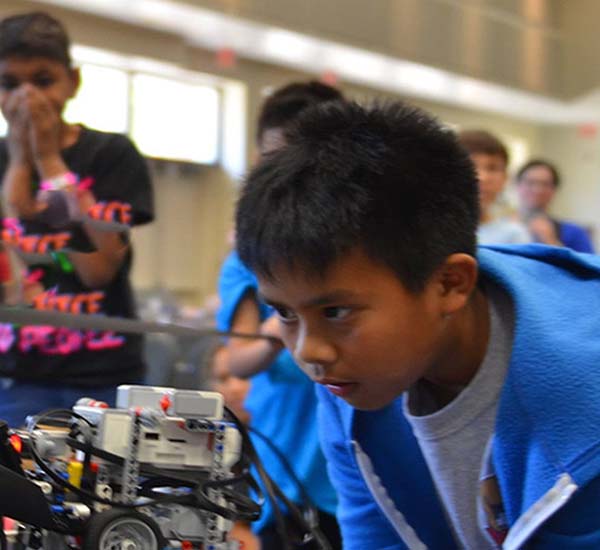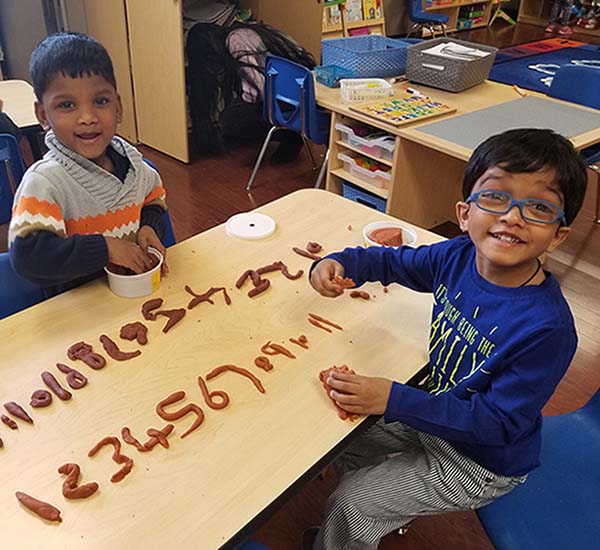Steam Skills Development
What is Steam ?
STEAM is an educational approach to learning that uses Science, Technology, Engineering, the Arts and Mathematics as access points for guiding student inquiry, dialogue, and critical thinking. The end results are students who take thoughtful risks, engage in experiential learning and persist in problem-solving.
S – for Science
Children are natural scientists. They try to figure out just how the world works by engaging in a series of steps called the scientific method. The scientific method includes observing, forming questions, making predictions, designing and carrying out experiments, and discussing. Even infants and toddlers are using a basic form of the scientific method (or performing little experiments) as they explore and discover the world around them!

T – for Technology
When we think of technology, cell phones and computers often come to mind. But the “T” in technology also stands for any type of man-made object. Technology includes simple tools such as pulleys, wheels, levers, scissors, and ramps. They support children’s cognitive development, because as children play with these tools, they observe and learn from the underlying cause and effect.

E – for Engineering
Engineering applies science, maths, and technology to solving problems. Engineering is using materials, designing, crafting, and building – it helps us understand how and why things work. When children design and build with blocks or put together railroad tracks, they are acting as engineers. When children construct a fort of snow, pillows, or cardboard, they are solving structural problems.

A – for Arts
A creative mindset is critical for STEM subjects. That is why the arts was added to STEM to become STEAM. Scientists, technology developers, engineers, and mathematicians need to innovate and solve problems creatively. The subjects in STEAM are similar in their approach to learning. Active and self-guided discovery is core to the arts and to STEAM learning. Children engage in painting, pretend play, music, and drawing. Art is sensory exploration.

M – for Maths
Children are natural scientists. They try to figure out just how the world works by engaging in a series of steps called the scientific method. The scientific method includes observing, forming questions, making predictions, designing and carrying out experiments, and discussing. Even infants and toddlers are using a basic form of the scientific method (or performing little experiments) as they explore and discover the world around them!

Why Is Steam
So Important ?
01.
STEAM is adaptable, bench marked and measurable and easily reinforces the standards in unique and engaging ways.
02.
STEAM ties ALL the subjects to each other in an interdisciplinary way as well as to the full spectrum of the rapidly changing business and professional world.
03.
It is a life-long career and life-readiness way of educating and learning that is adaptable to the rapidly changing global world we live in.


